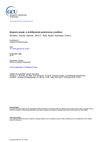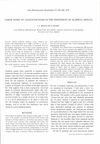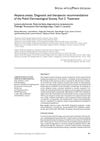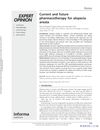Combining 308-Monochromatic Excimer Phototherapy with Monthly IM Triamcinolone Acetonide for the Treatment of Resistant Alopecia Totalis
December 2020
in “
American Journal of Dermatological Research and Reviews
”
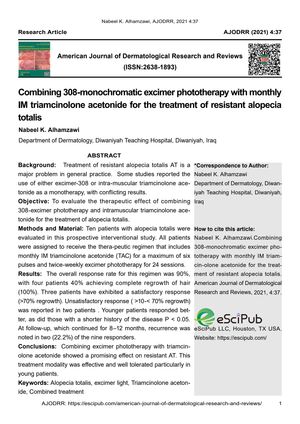
TLDR The combination therapy was effective and well-tolerated, especially in young patients.
The study evaluated the combination of 308-nm excimer phototherapy and monthly intramuscular triamcinolone acetonide (TAC) for treating resistant alopecia totalis (AT) in 10 patients, showing a 90% overall response rate. Complete hair regrowth was achieved in 40% of patients, with younger patients and those with a shorter disease history responding better. Adverse effects were mild and temporary, and recurrence was noted in 22.2% of responders during the 8-12 month follow-up. The combination therapy was effective and well-tolerated, particularly in young patients, but the small sample size limited the generalizability of the results, indicating a need for larger randomized controlled trials.
